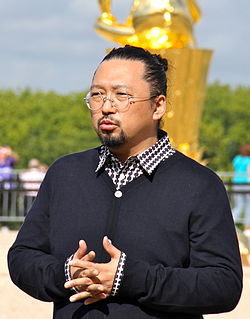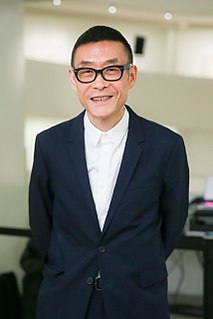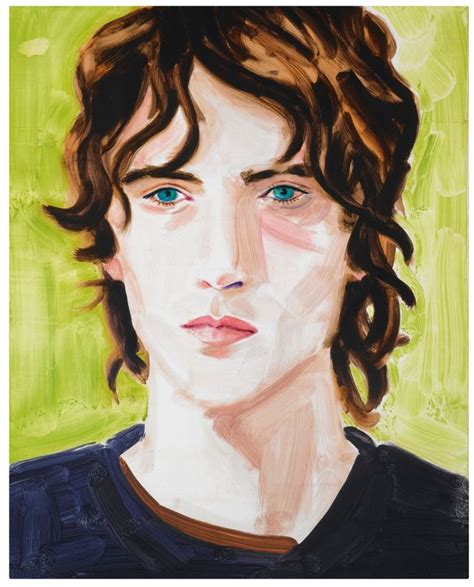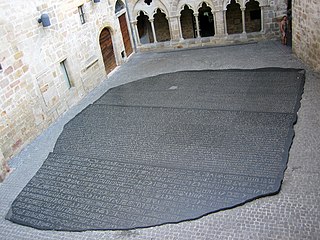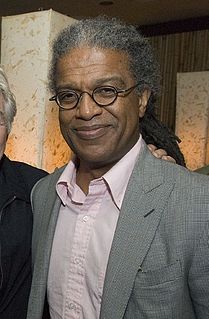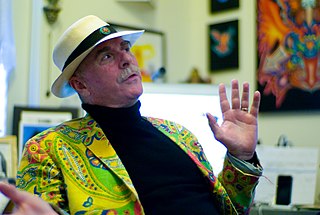A Quote by Fredric Jameson
In a world in which stylistic innovation is no longer possible, all that is left is to imitate dead styles... Contemporary or postmodernist art... will involve the necessary failure of art and the aesthetic, the failure of the new, the imprisonment in the past.
Related Quotes
It's impossible to have a coin with only one side. You can't have heads without tails. Innovation is like that. Initiative is like that. Art is like that.
You can't have success unless you're prepared to have failure.
As soon as you say, 'failure is not an option,' you've just said, 'innovation is not an option.'
art is the most general condition of the Past in the present. ... Perhaps no work of art is art. It can only become art, when it is part of the past. In this normative sense, a 'contemporary' work of art would be a contradiction - except so far as we can, in the present, assimilate the present to the past.
beware the average man the average woman beware their love, their love is average seeks average but there is genius in their hatred there is enough genius in their hatred to kill you to kill anybody not wanting solitude not understanding solitude they will attempt to destroy anything that differs from their own not being able to create art they will not understand art they will consider their failure as creators only as a failure of the world
Contemporary art and manga - what is the same about them? Nothing, right? The manga industry has a lot of talented people, but contemporary art works on more of a solitary model. No one embarks on collaboration in contemporary art in order to make money. But in the manga world, everyone is invested in collaboration. The most important point is that the manga industry constantly encourages new creations and creators.
We can no longer contemplate the subject - self - of contemporary art; it has been woven into infinite relationships, replaced by social movements, national image, and financial capital. The disappearance of the construction of the self of contemporary art makes it impossible to exist in the form of a subject. The subject of contemporary art that I speak of is a kind of naming event predicated upon the multiplicity of the environment. It includes politics, should have its own way of thinking, and can be perceived.
If I was asked to get rid of the Zen aesthetic and just keep one quality necessary to create art, I would say it's trust. When you learn to trust yourself implicitly, you no longer need to prove something through your art. You simply allow it to come out, to be as it is. This is when creating art becomes effortless. It happens just as you grow your hair. It grows.
When objects are presented within the context of art (and until recently objects always have been used) they are as eligible for aesthetic consideration as are any objects in the world, and an aesthetic consideration of an object existing in the realm of art means that the object's existence or functioning in an art context is irrelevant to the aesthetic judgment.
The issue is Kinkade's ideology, and particularly his nostalgia; his paintings endlessly trumpet a nonexistent past when times were simpler and morality more pure. There's nothing wrong with this, but it stands at odds with a contemporary art world that looks to the future for inspiration. We value complexity and innovation, and distrust saccharine pictures of the past.






